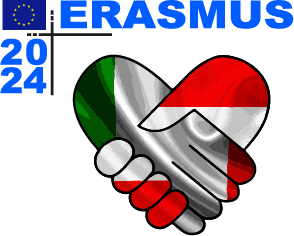History
Salzburg
Salzburg, located in Austria, has a rich history that dates back to antiquity and has been influenced by various cultures and political entities over the centuries. Its origins can be traced back to the ancient Roman era, with the city being known for its salt mines, which were a significant source of wealth and power. The city's name, Salzburg, is derived from the Latin term "Salz" meaning salt, reflecting its historical significance as a center of trade and commerce.
In the High Middle Ages, Salzburg was under the ownership of Bavaria, but it secured its independence in the late 14th century. During this period, Salzburg became the seat of the Archbishopric of Salzburg, a prince-bishopric of the Holy Roman Empire. This independence led to an increase in wealth and prosperity, with the city's architecture and culture flourishing, particularly in the late 16th to 18th centuries under the Prince Archbishops Wolf Dietrich von Raitenau, Markus Sittikus, and Paris Lodron. The city was rebuilt in the Baroque style, with many of its famous landmarks, including palaces and churches, being constructed during this period.
Salzburg also played a significant role in the Reformation movement, experiencing riots and conflicts, including the German Peasants' War. However, the city's independence from Bavaria and the subsequent period of stability allowed for further development and prosperity.
In the 18th century, Salzburg was a center of late Illuminism, an intellectual movement that emphasized reason, science, and the rights of individuals. Archbishop Hieronymus Graf von Colloredo, who ruled from 1772 to 1803, was a notable figure during this period. Colloredo is known for his patronage of Mozart, who worked in Salzburg for a significant portion of his career before moving to Vienna.
Today, Salzburg is a major center of education, home to several universities and colleges. The city is also renowned for its culture, with the Salzburg Festival being one of the most prestigious classical music festivals in the world. Salzburg's history and cultural heritage continue to attract tourists and scholars from around the world, making it a significant destination in Austria and beyond.
Ivrea
Ivrea, located in the Metropolitan City of Turin in the Piedmont region of northwestern Italy, is known for its rich history and significant architectural and industrial heritage. The city's origins date back to prehistoric times when the area formed a large lake, which today is divided into five smaller lakes. Ivrea has been a significant hub, especially in the 20th century, due to its industrial and architectural innovations.
The city's industrial prominence began with the establishment of the Interaction Design Institute Ivrea, where the Arduino electronic platform was created. This platform was named after Arduin of Italy, a historical figure celebrated in a local bar. The city's industrial development was further enhanced by the contributions of the Olivetti company, which built its first showrooms and factories abroad, including in Ivrea. The company's investments in electronics were pivotal, leading to the development of the first personal computer. Ivrea's industrial expansion was marked by innovative architectural projects, such as the Study and Experience Centre and the Thermal Power Station, designed by Eduardo Vittoria. These structures introduced innovative uses of color and space, reflecting the city's dynamic and forward-thinking spirit. In addition to its industrial and architectural significance, Ivrea is also recognized for its cultural and historical landmarks. The city boasts a variety of architectural gems, including the Ivrea Castle, built during the reign of Amadeus VI of Savoy, and the Cathedral of Ivrea, which dates back to the 4th century. The city's cultural heritage is further enriched by its annual carnival, known for the Battle of the Oranges, a tradition involving thousands of participants throwing oranges at cart-based teams.
Ivrea's historical and industrial significance led to its designation as a UNESCO World Heritage Site on July 1, 2018. This recognition highlights the city's modern vision of the relationship between industrial production and architecture, as well as its role in the development of innovative technologies and architectural designs.
The city's industrial and architectural legacy, combined with its rich cultural heritage, make Ivrea a unique and fascinating destination for visitors interested in exploring the history and development of modern Italy.
